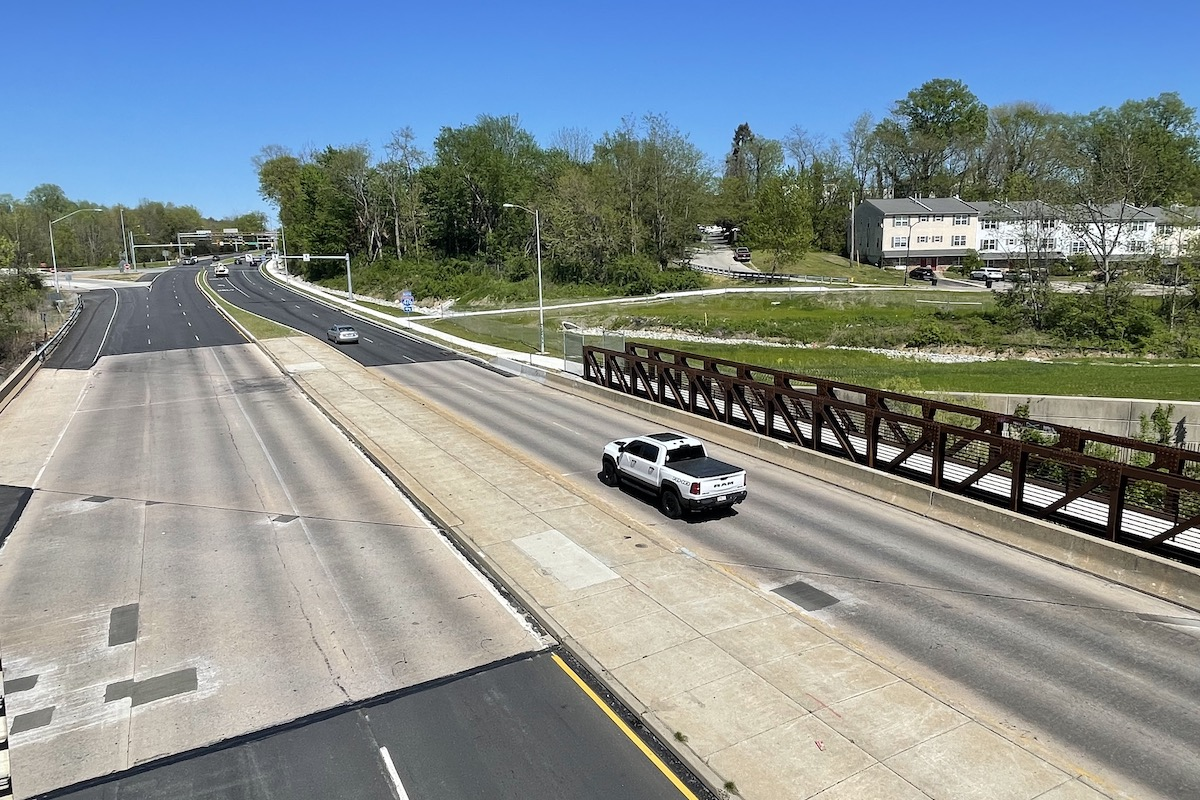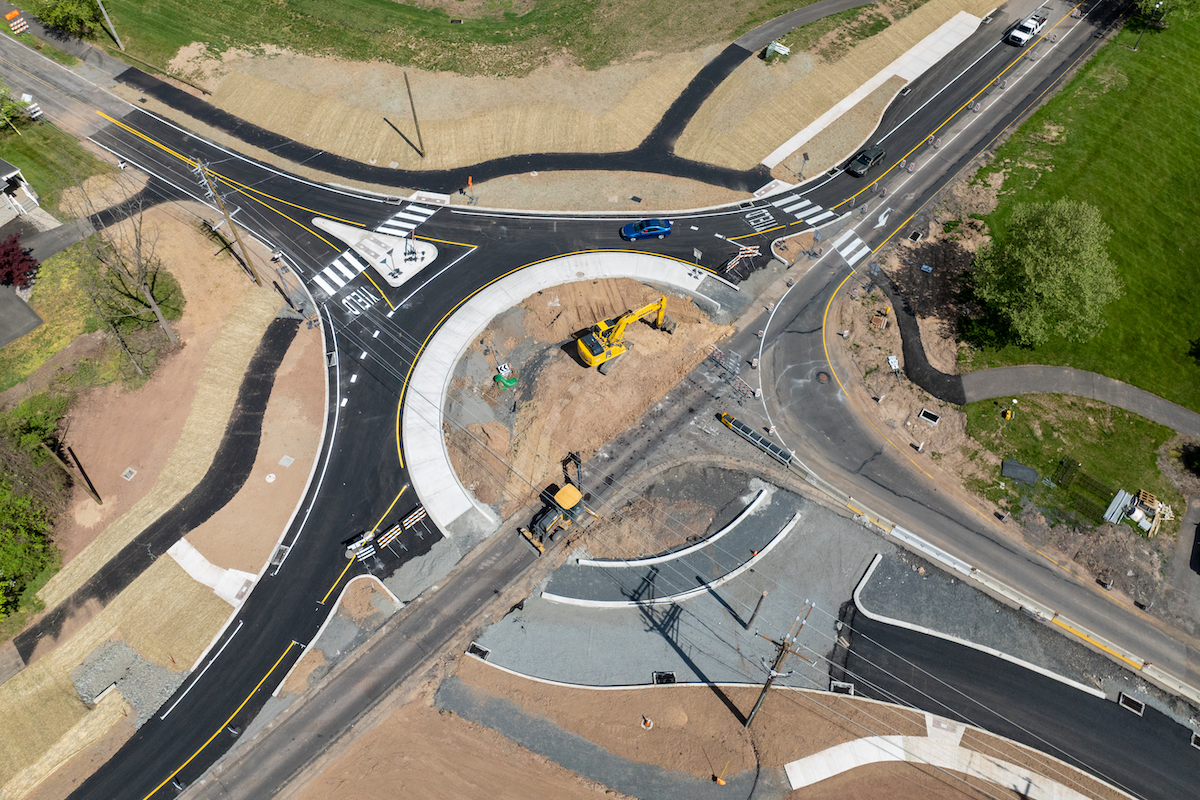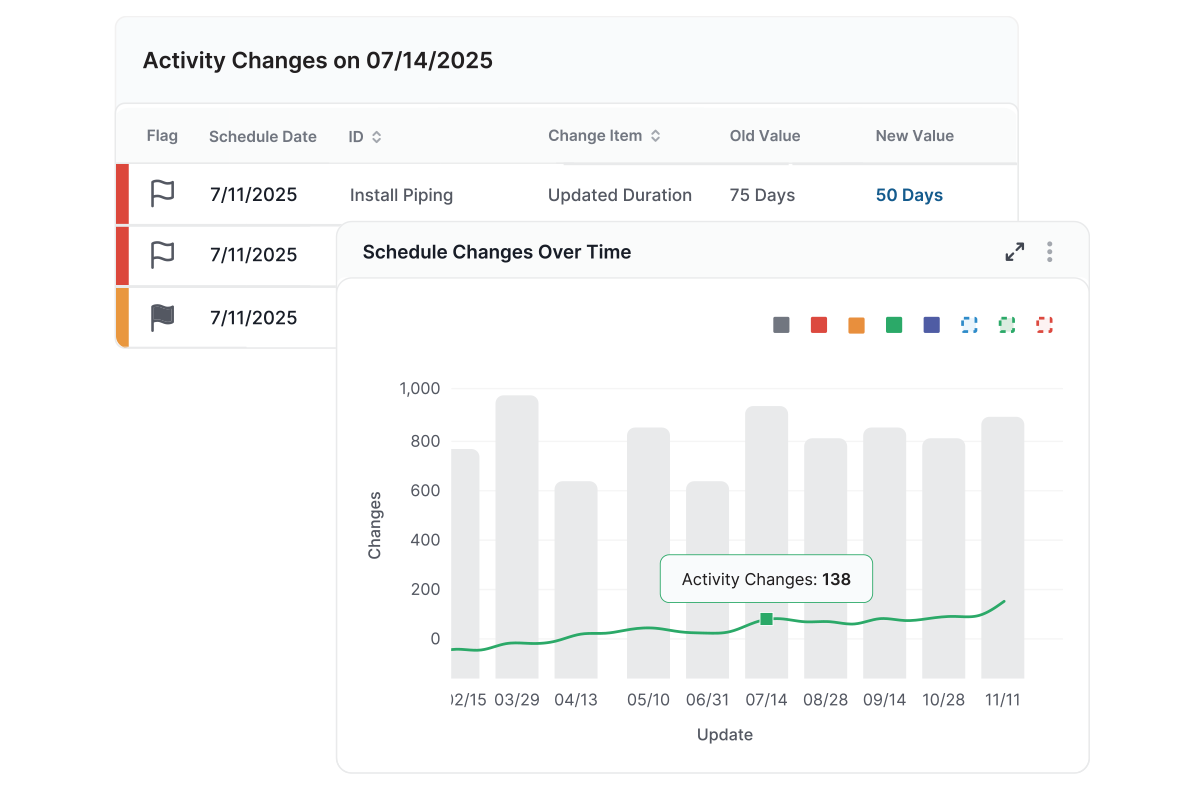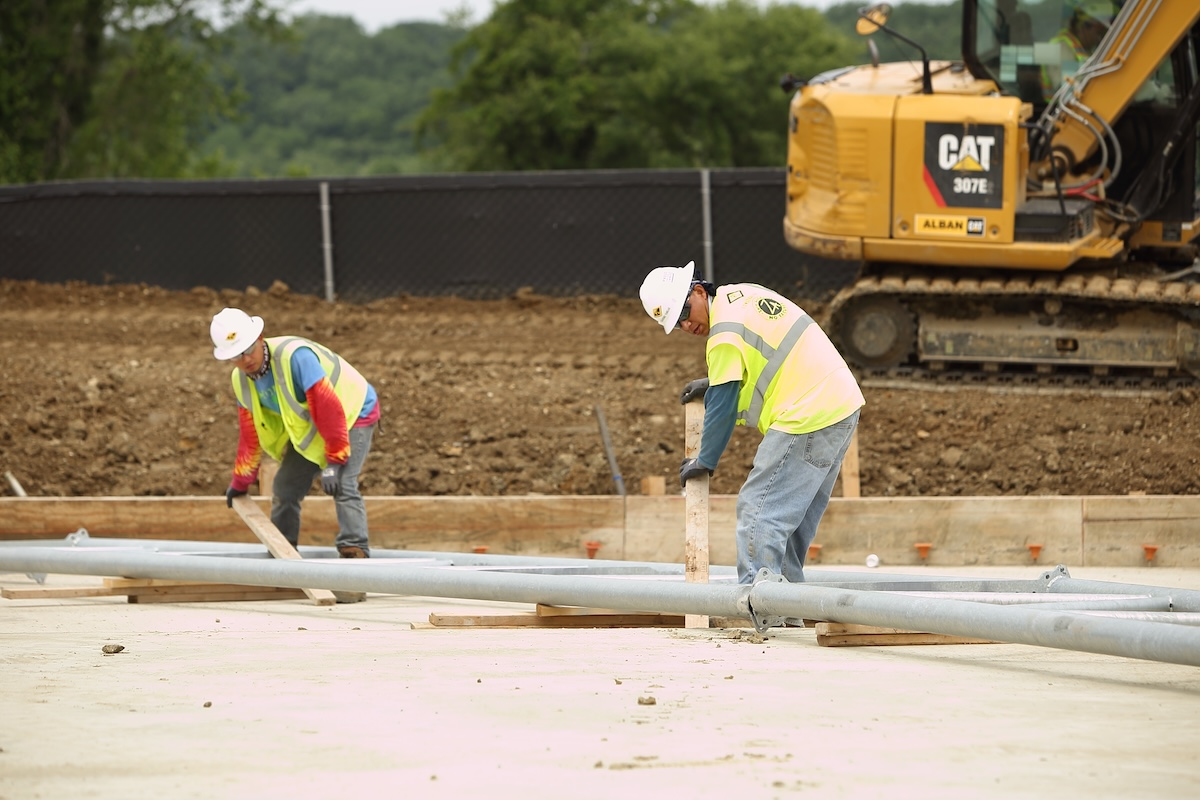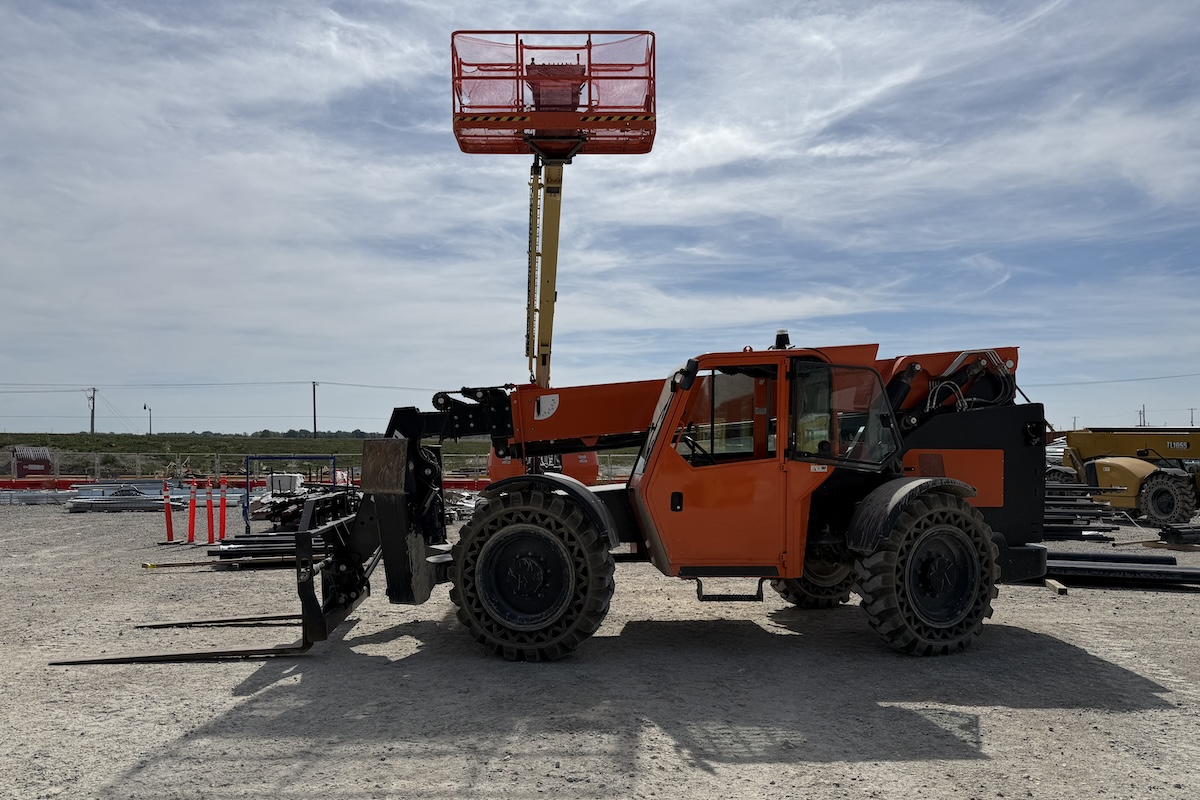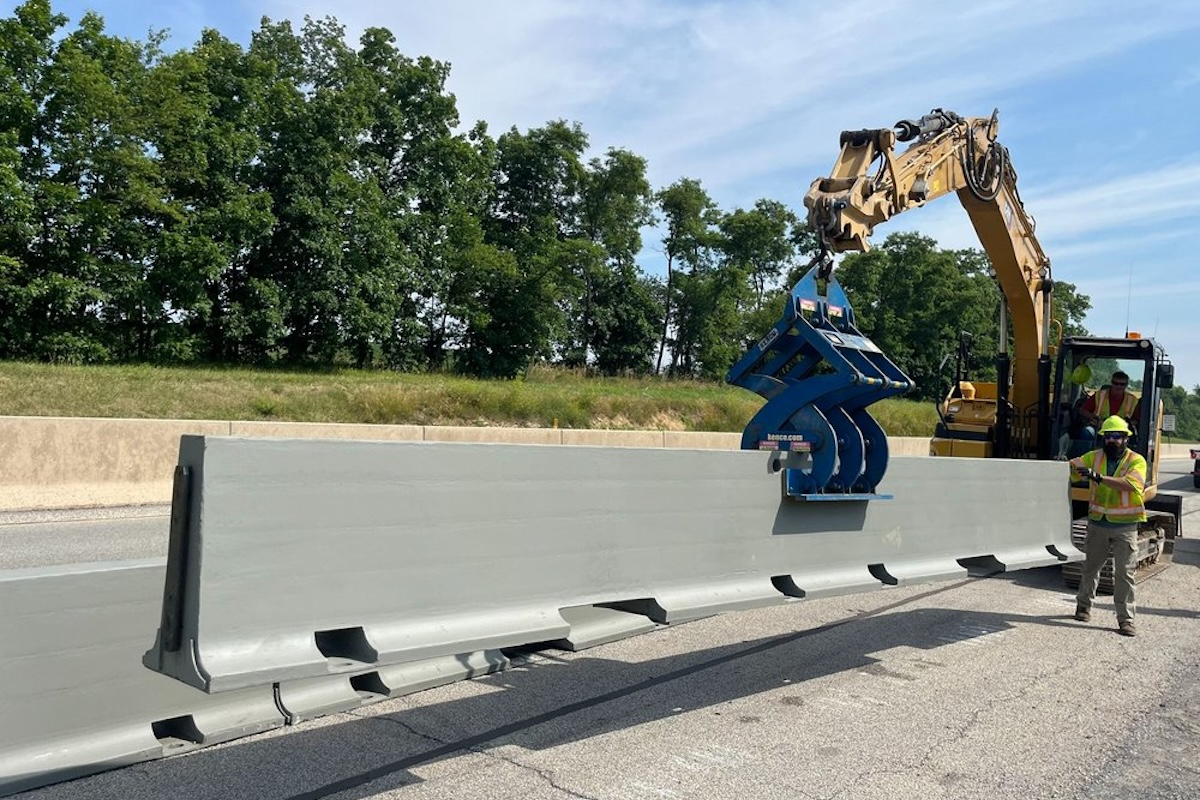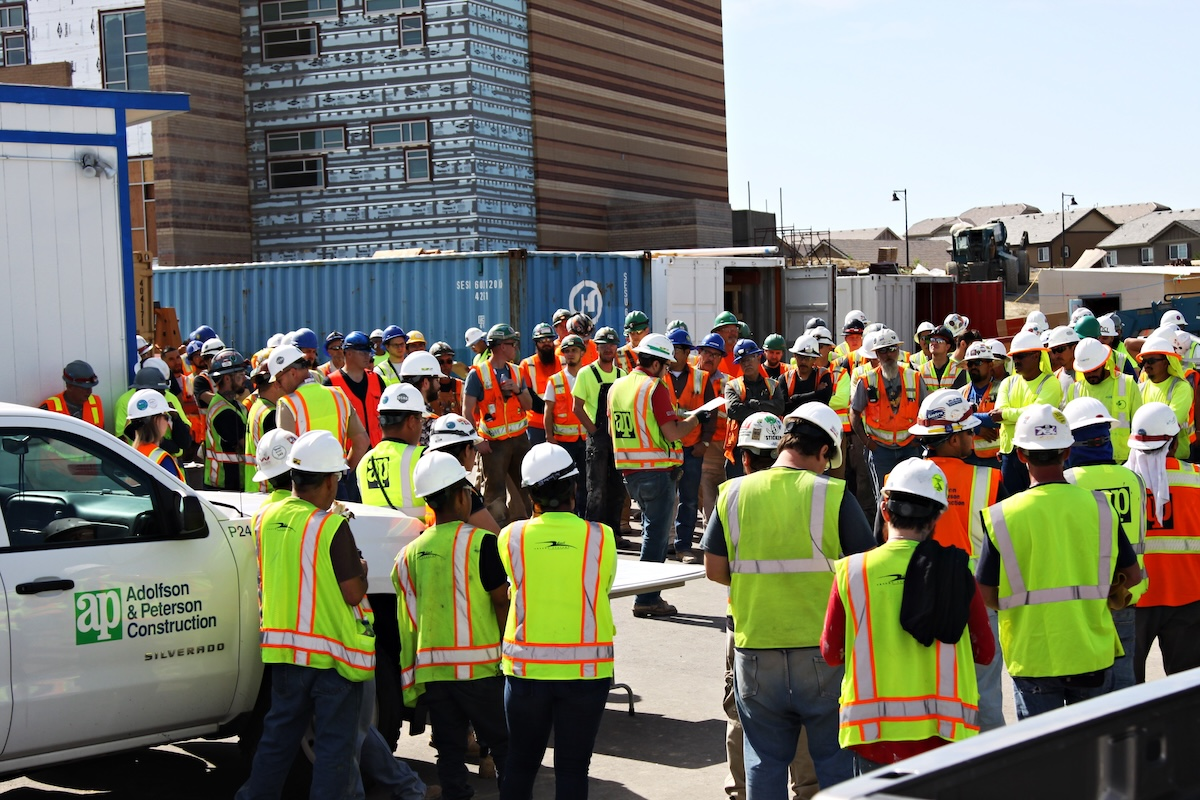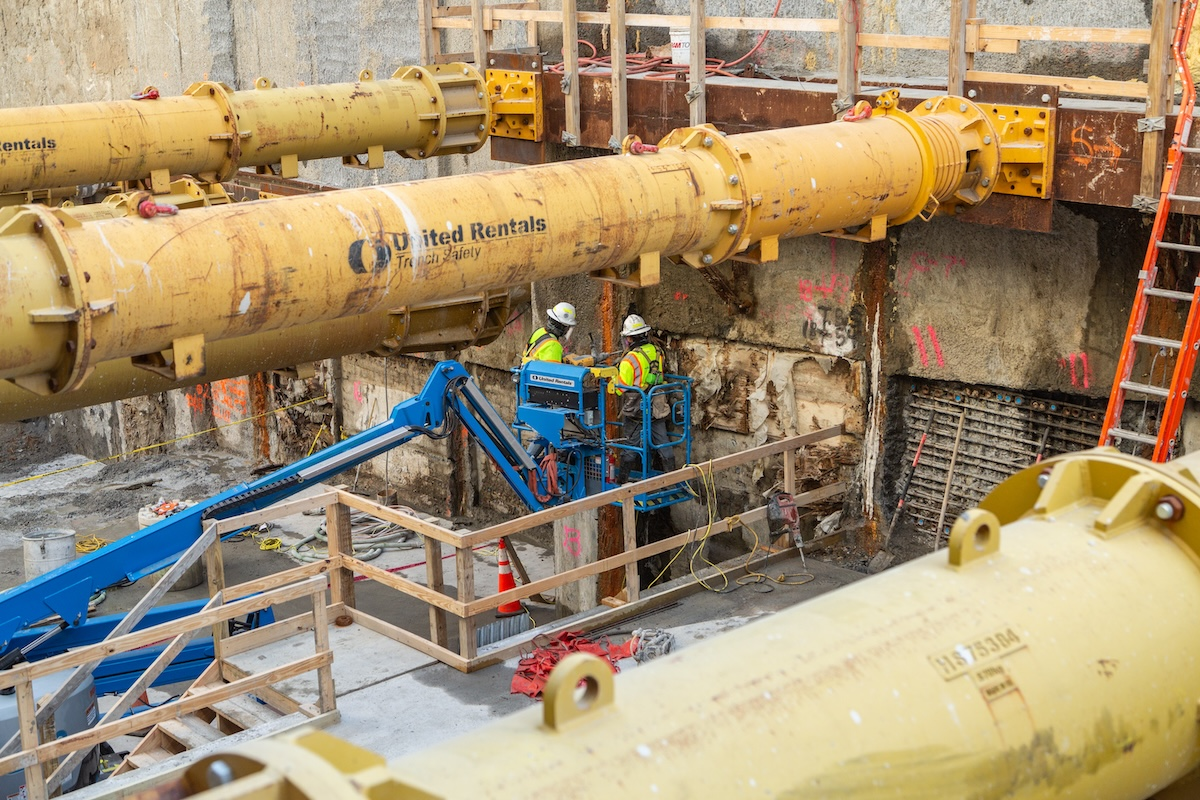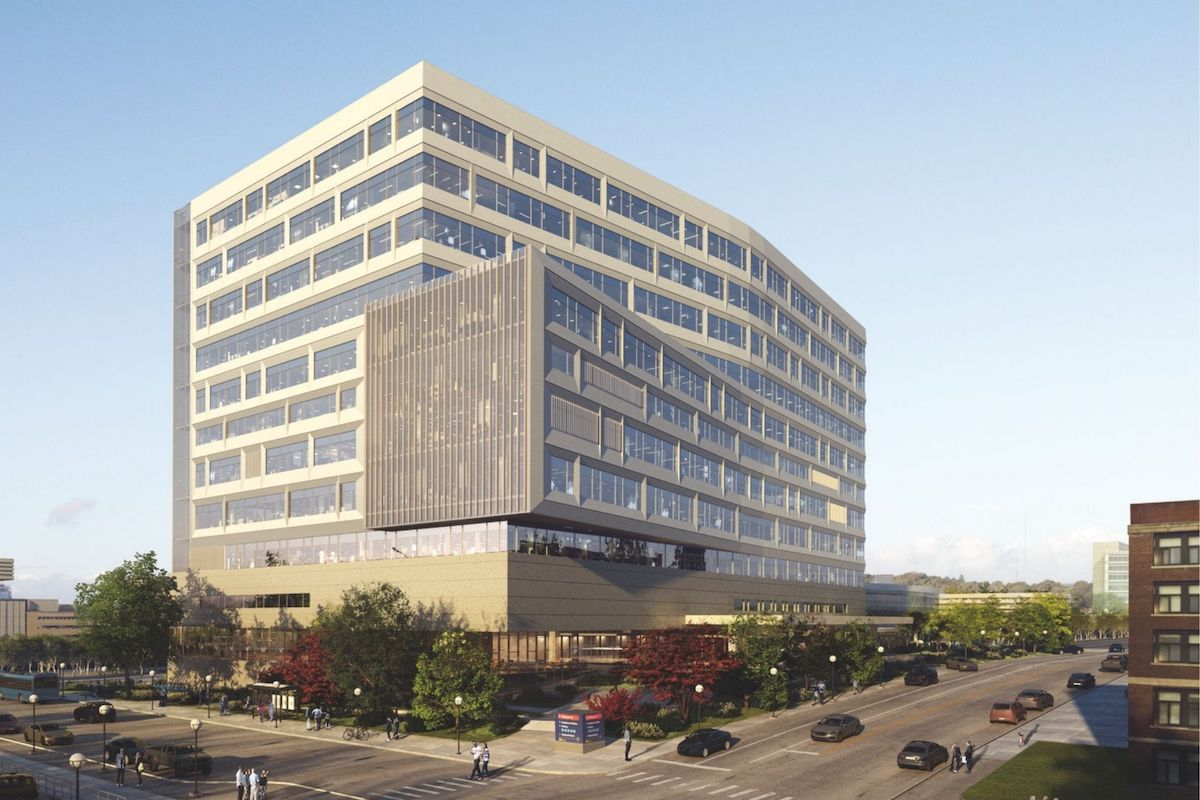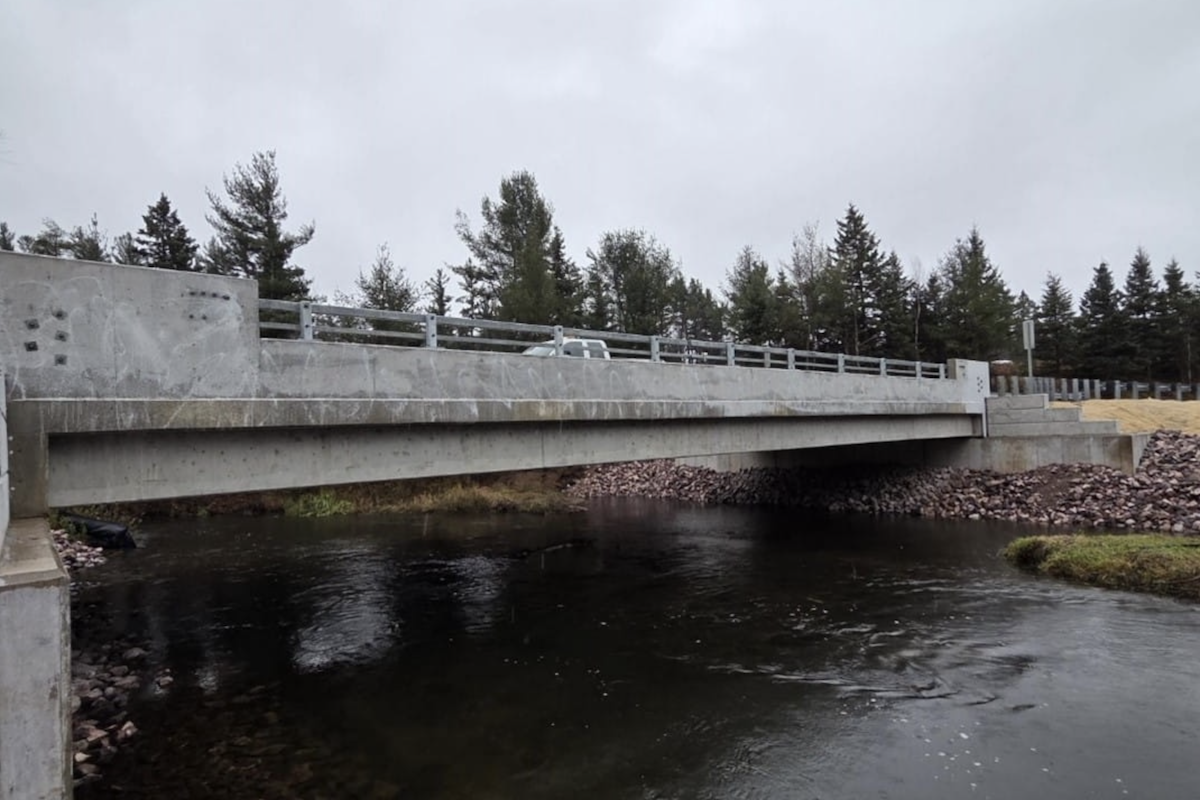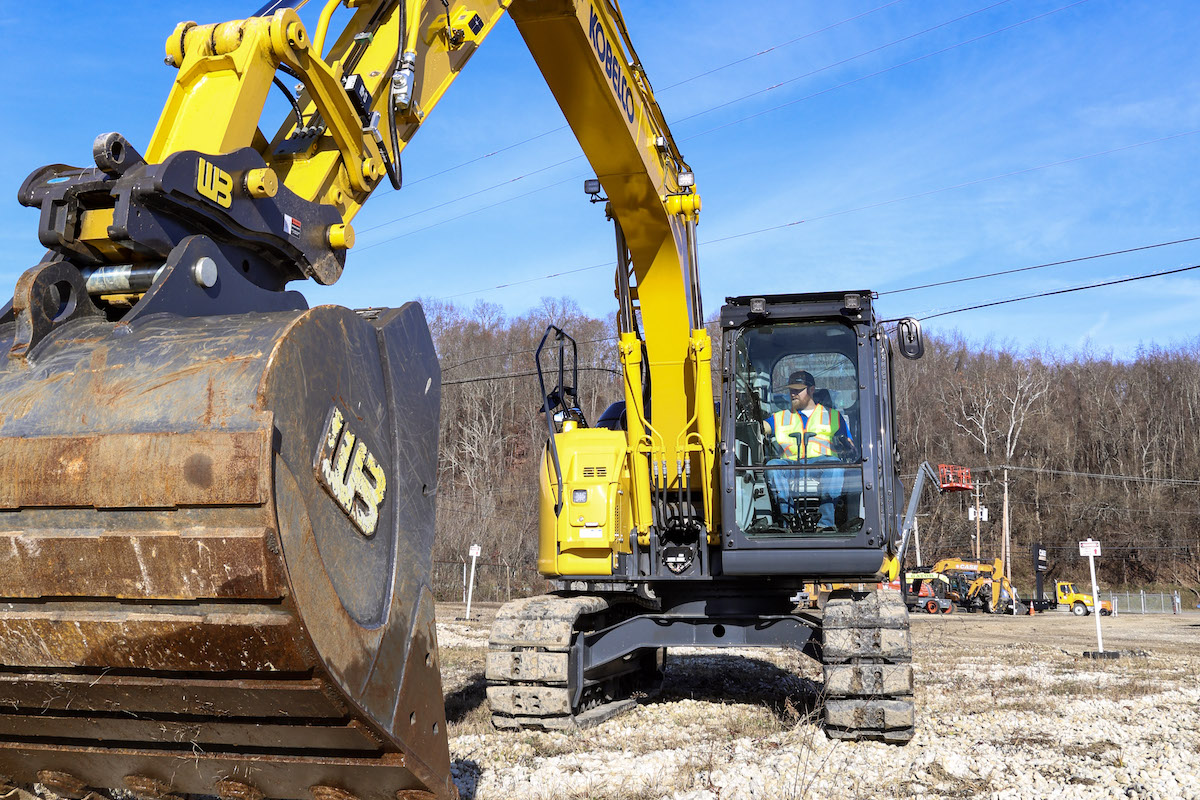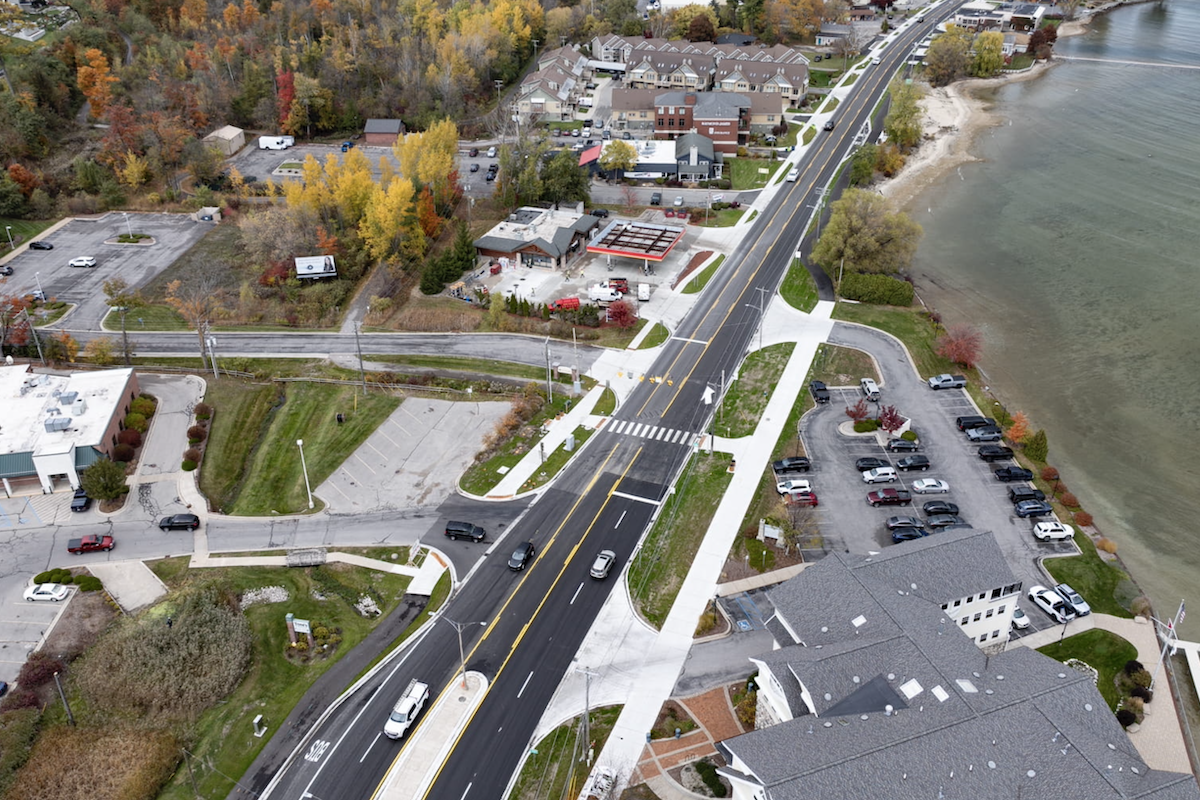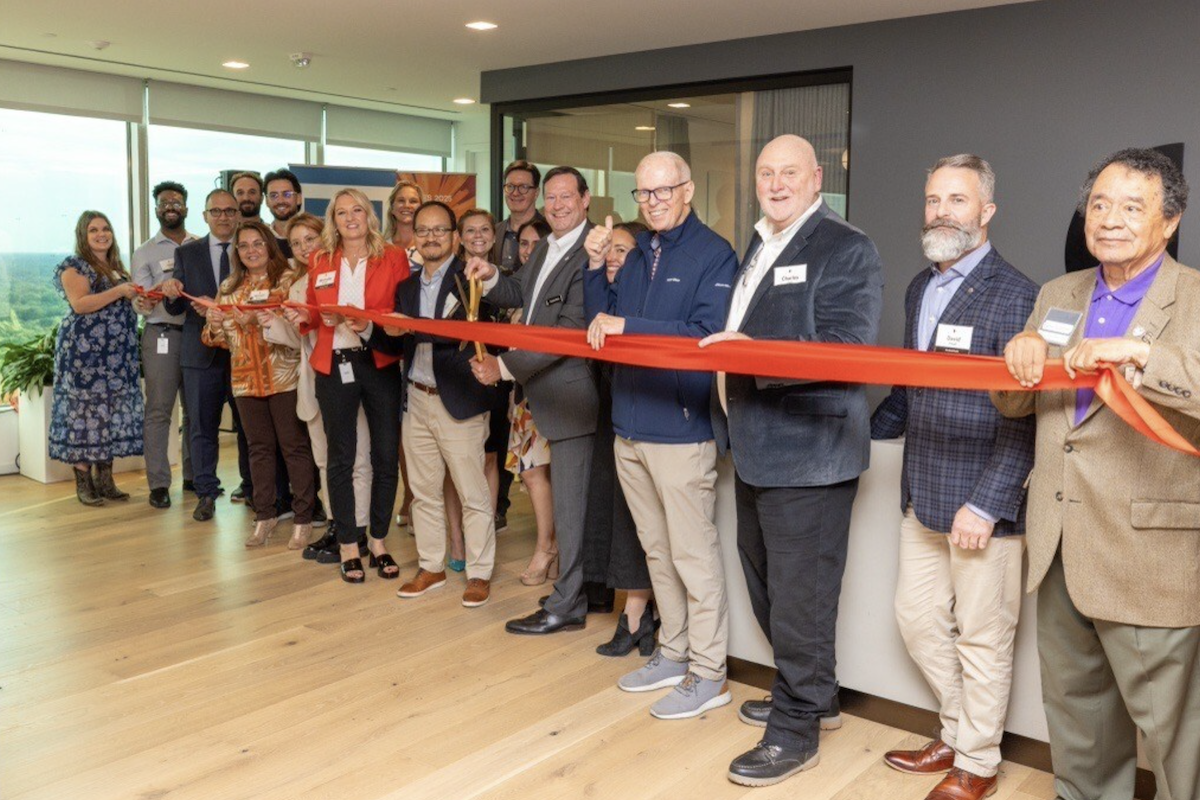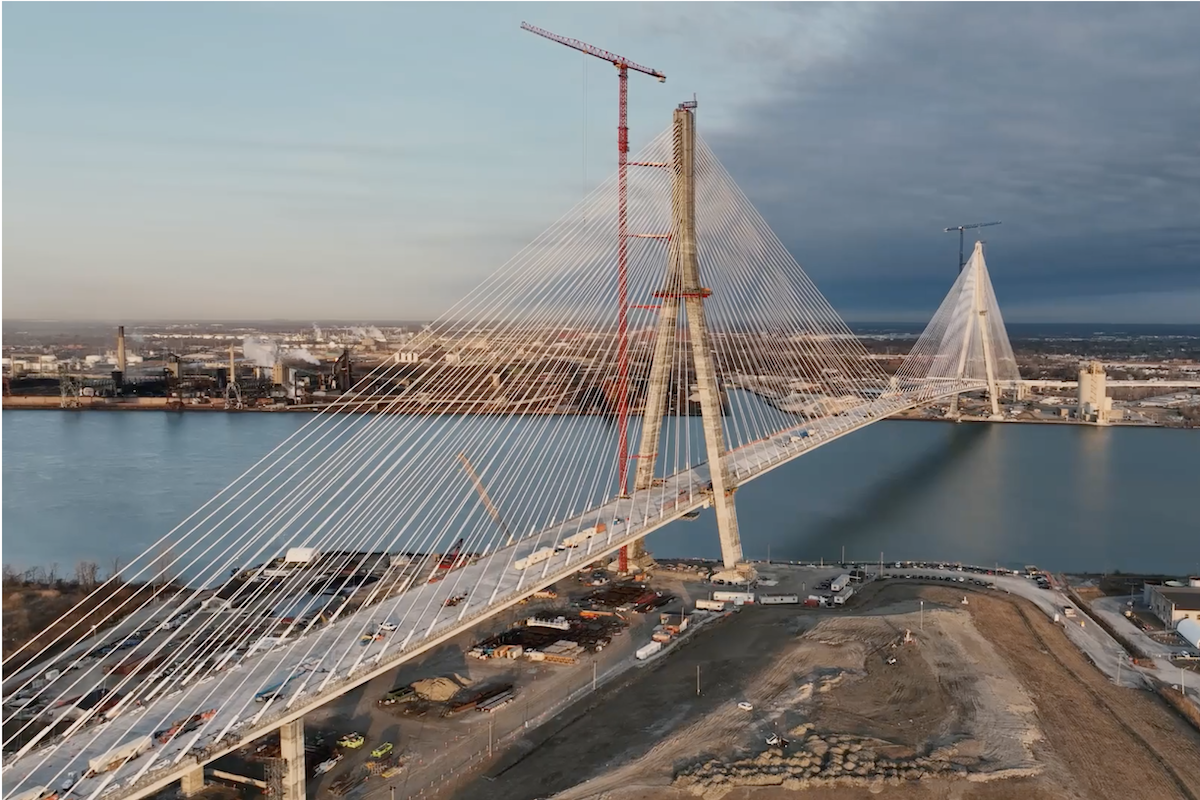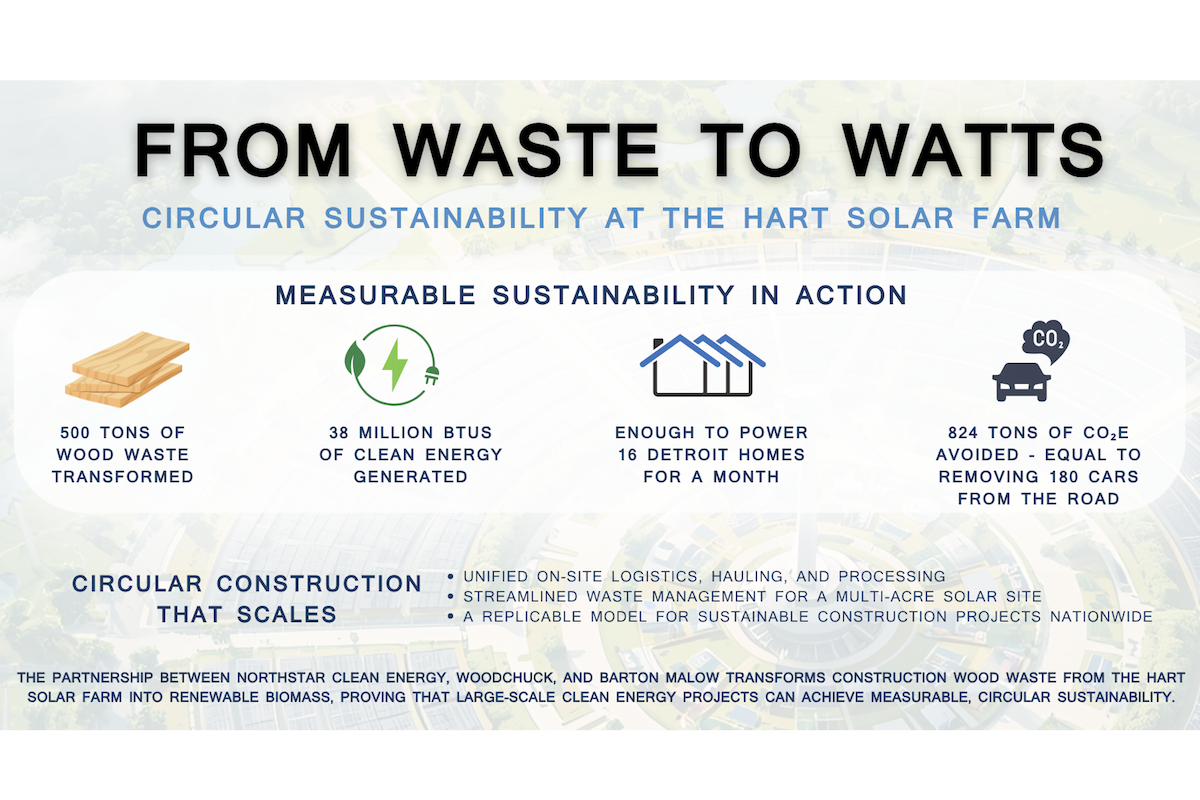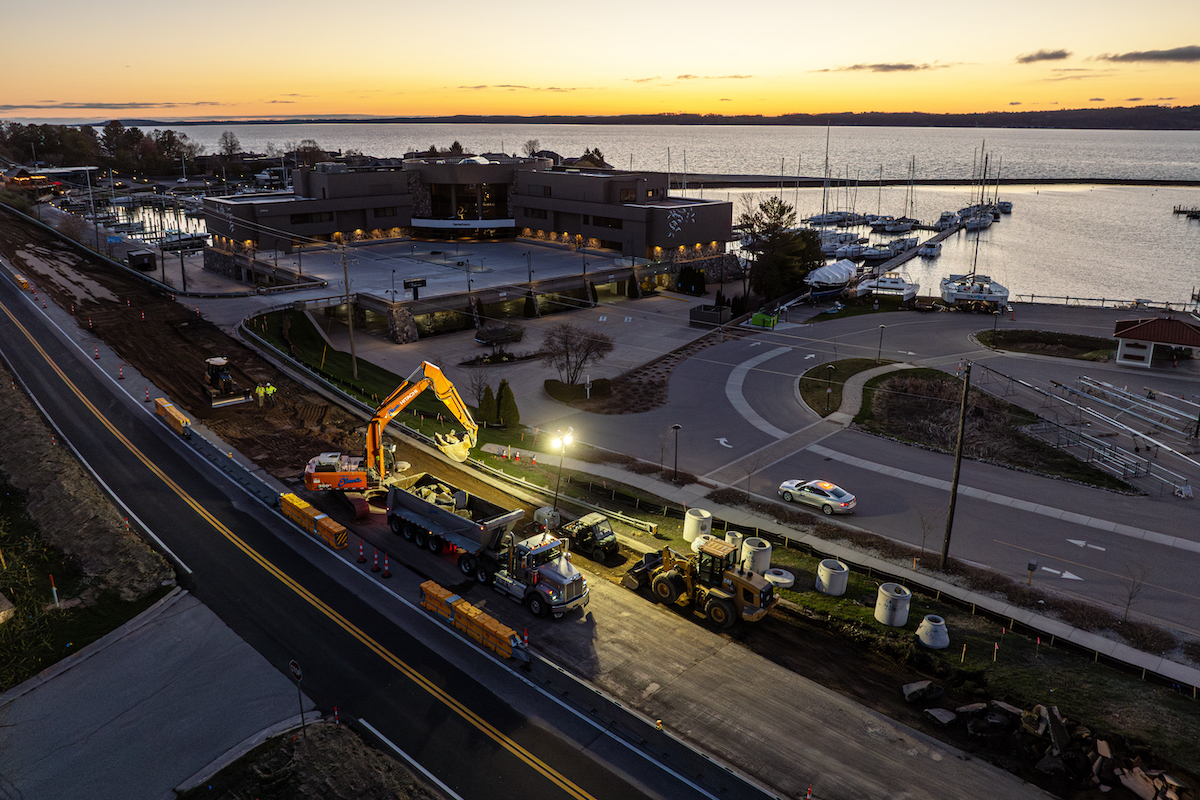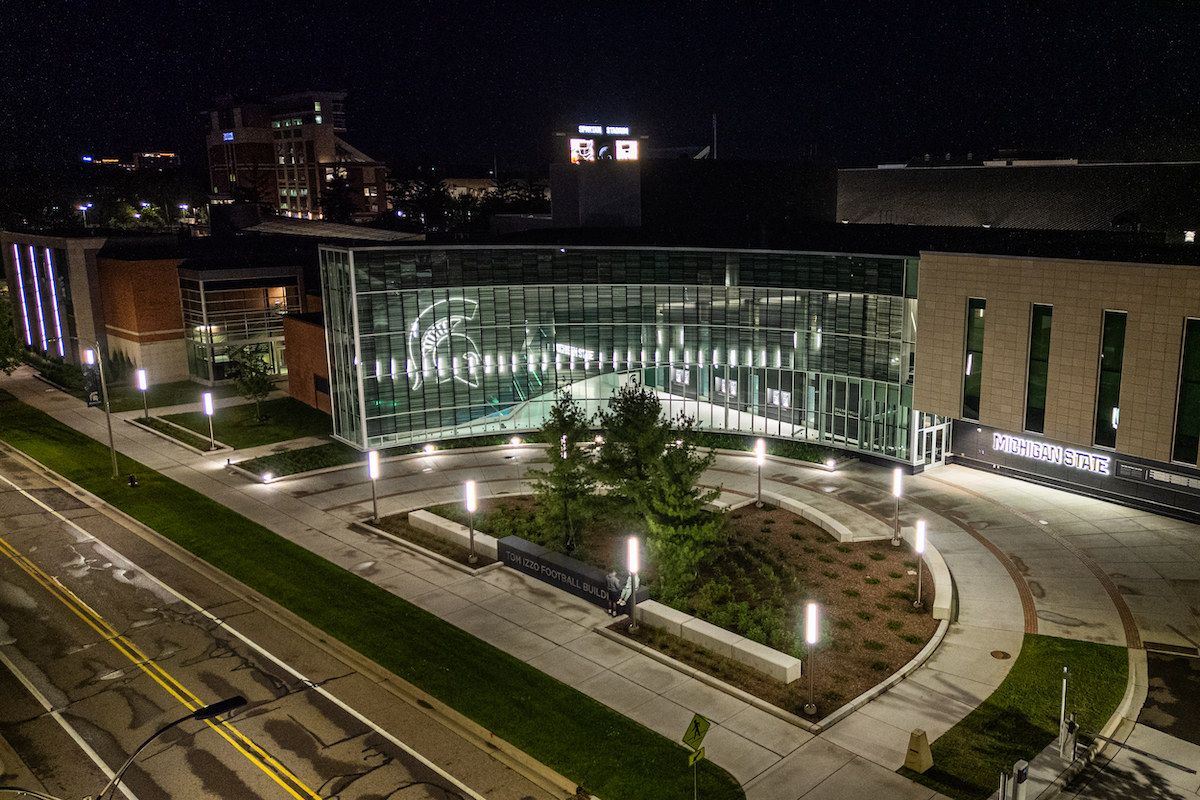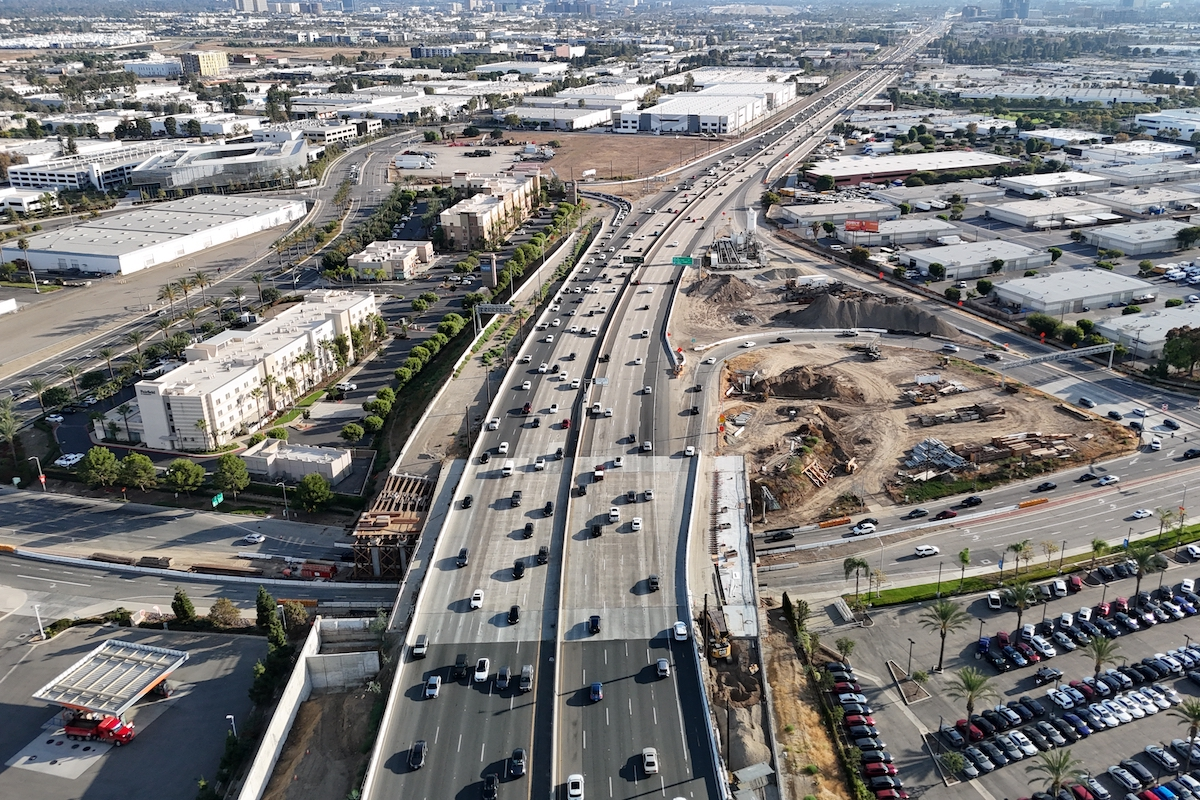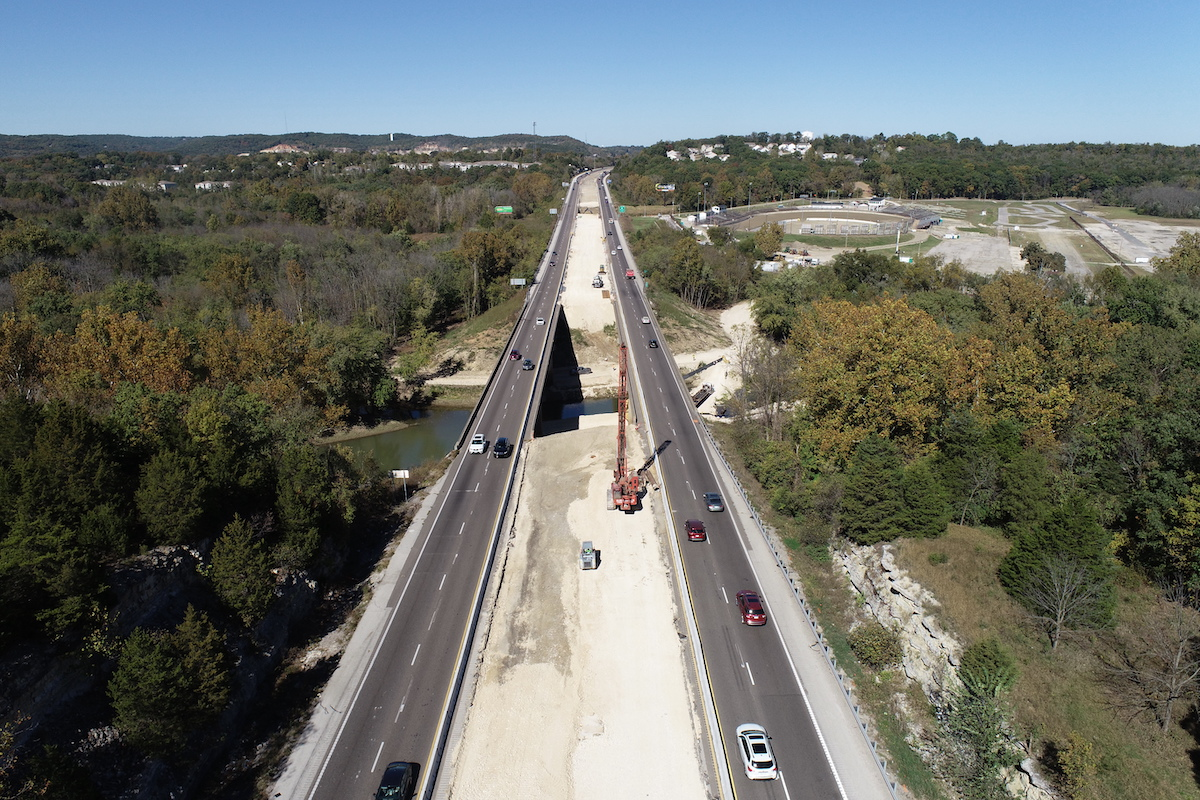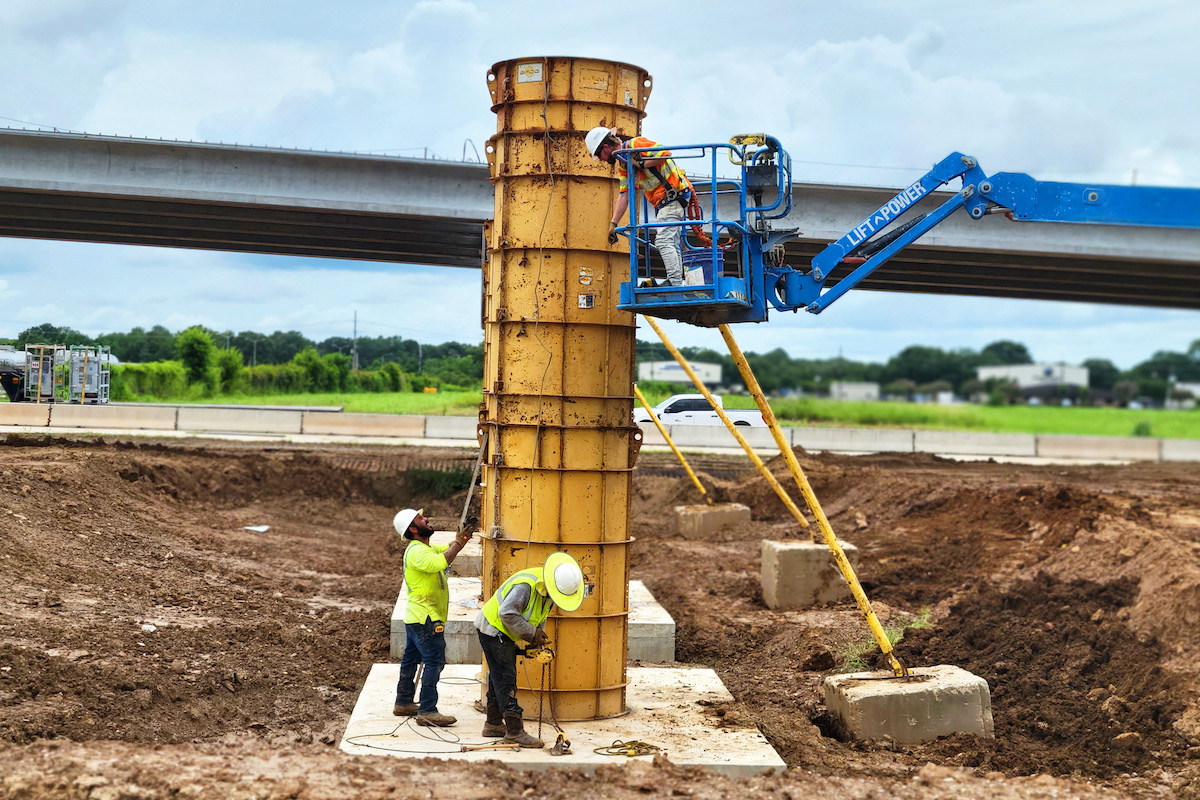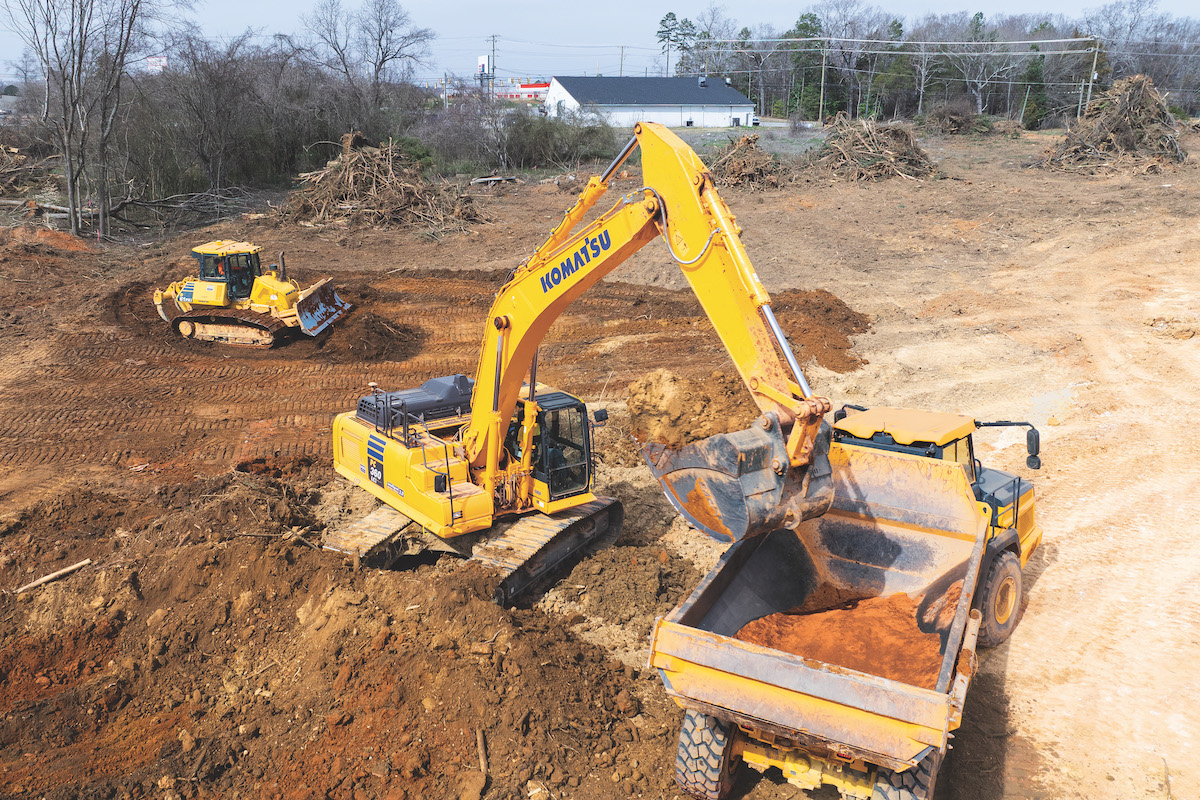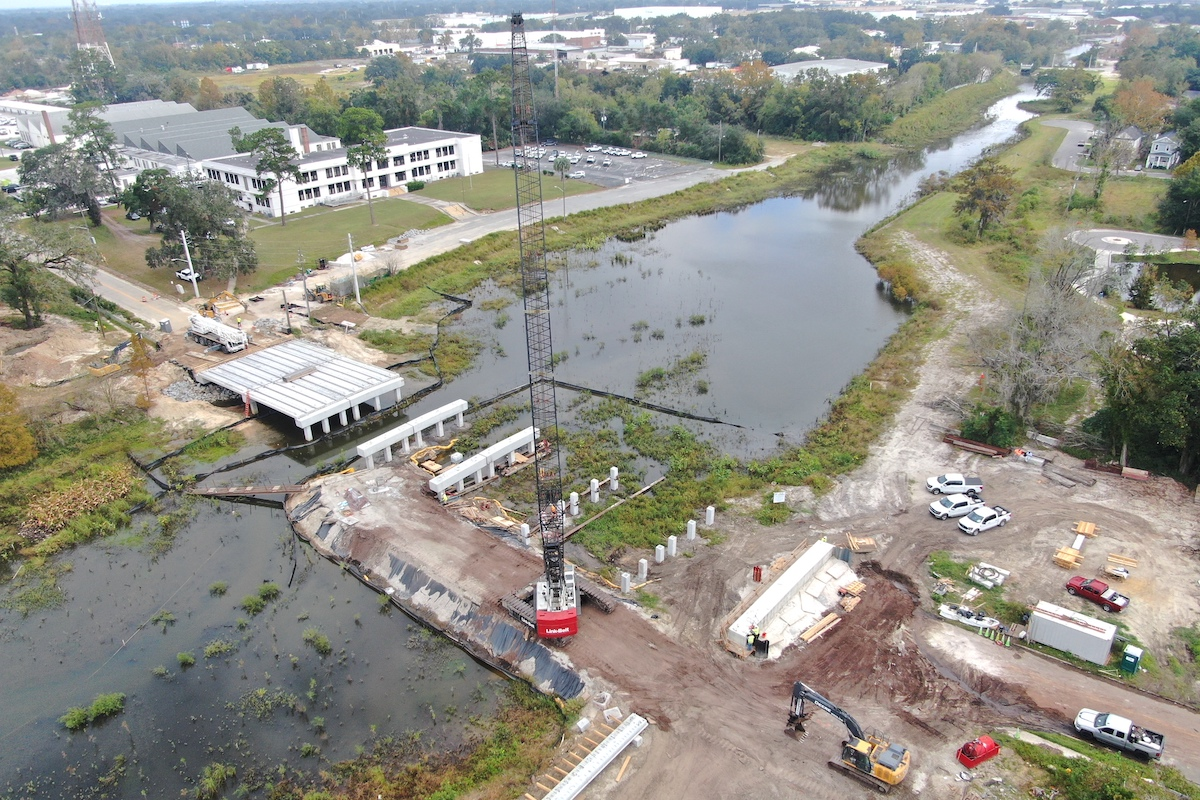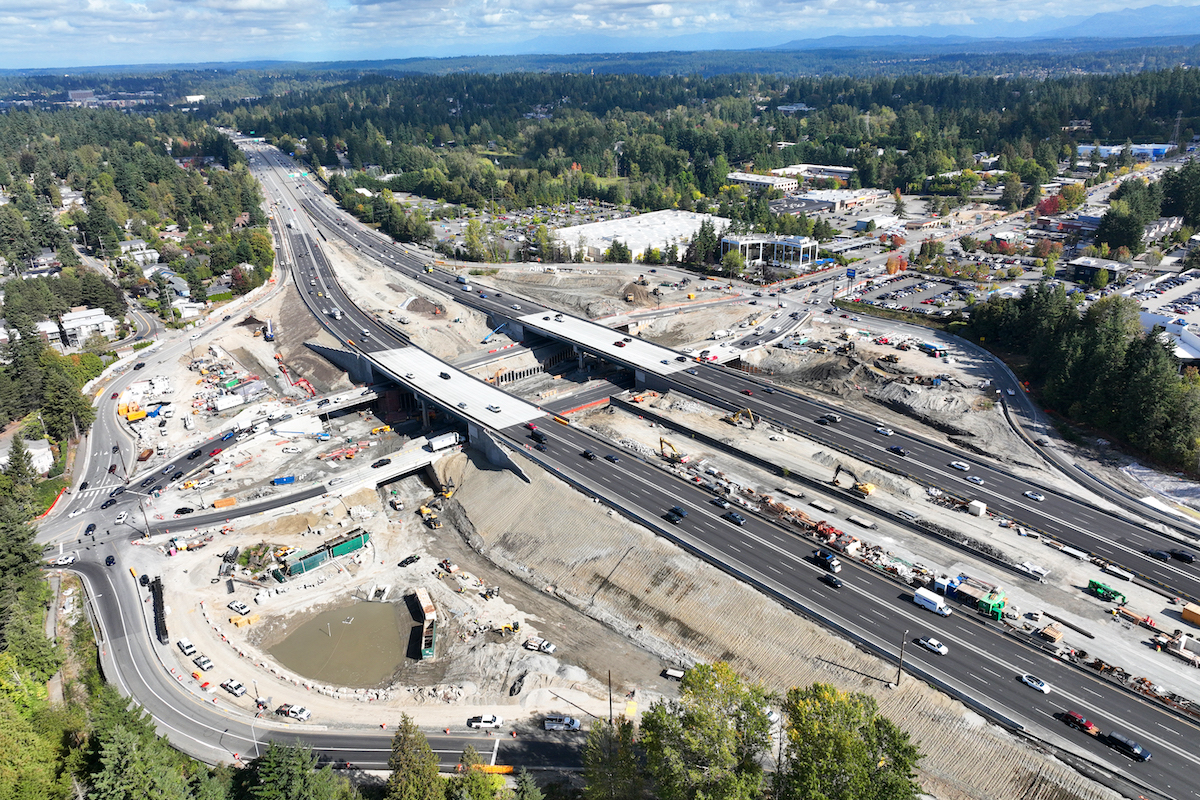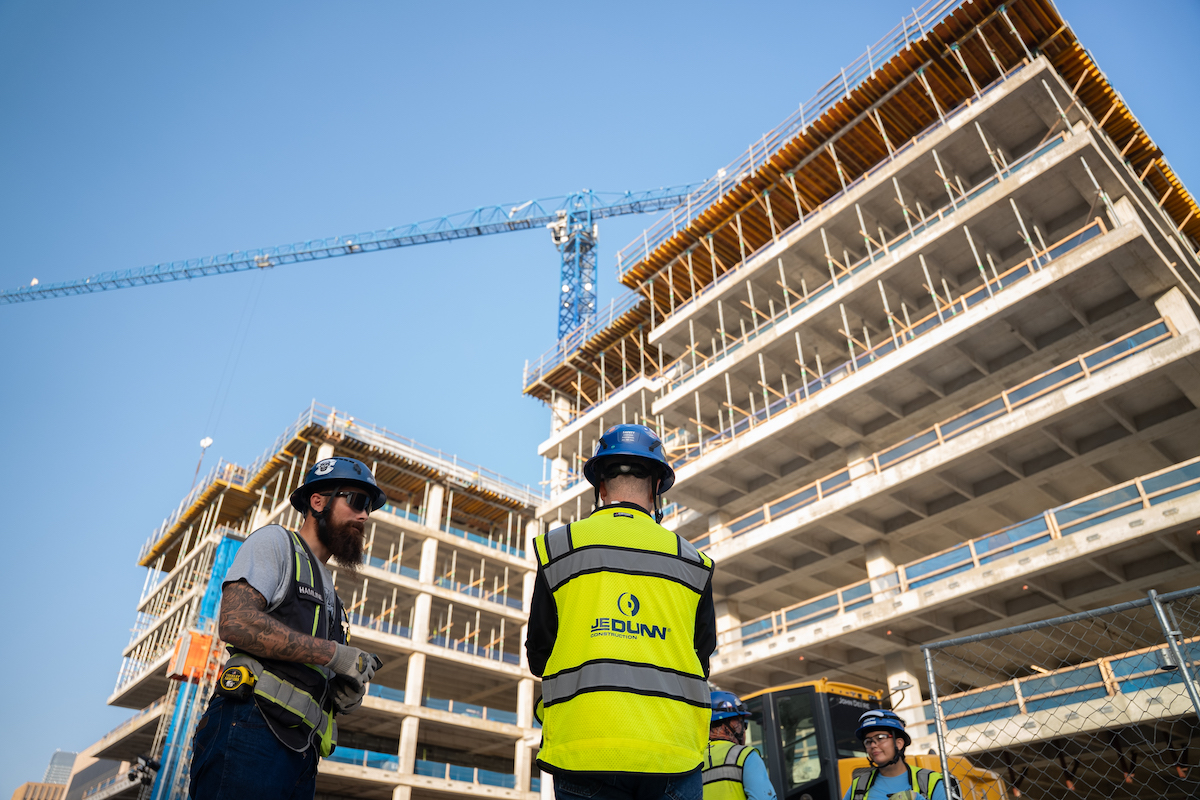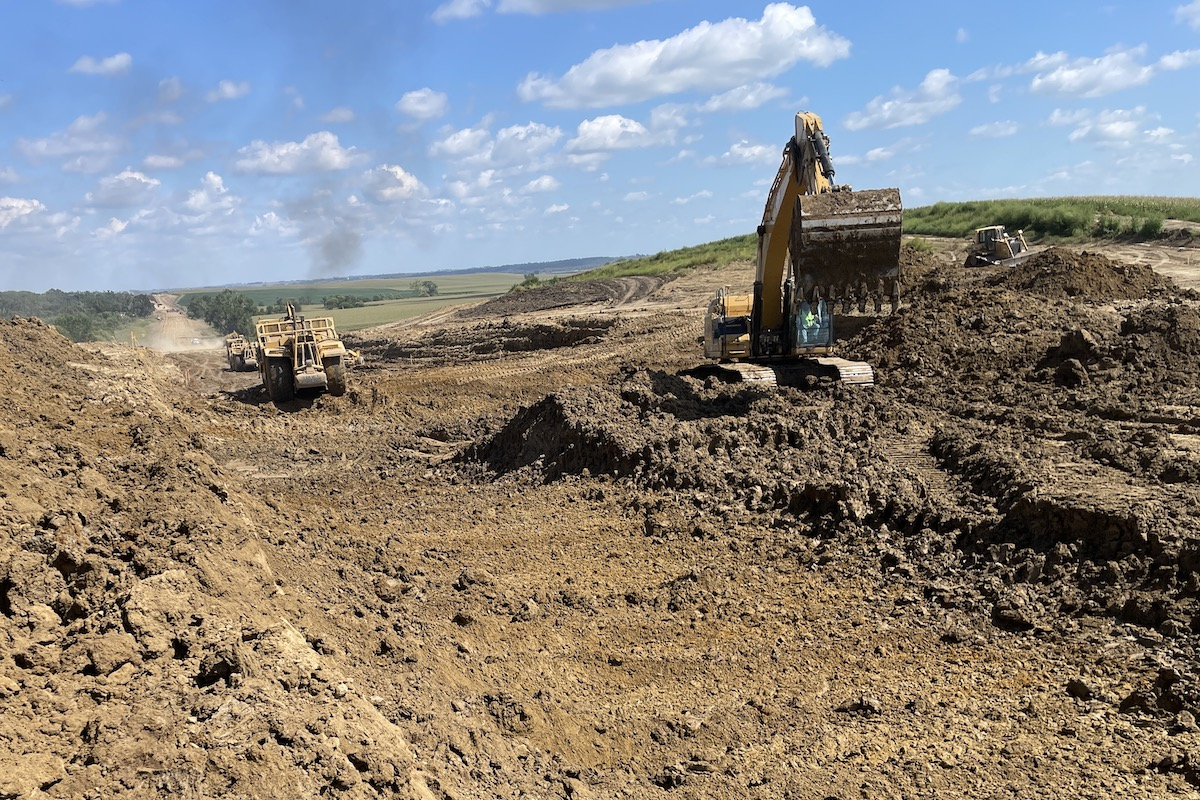As state, local, and regional transportation agencies confront construction-phase challenges, urban disruptions, and growing demands for safety tailored to specific users, adaptive design is becoming a core project driver. In Pennsylvania, this shift is especially clear in recent highway and interchange projects, where success is now measured by more than just cost, schedule, quality, and safety.
From roundabouts and curved steel tubular flange girders installed over active railroad tracks to marrying interstate highway paving techniques in a rural streetscape setting, transportation agencies are prioritizing tailored, non-typical solutions to meet the complex challenges of modern infrastructure. These solutions reflect a shift away from standardized designs toward strategies that account for site constraints, environmental factors, and the safety of all road users.
Throughout the industry, roundabouts have increasingly become a roadway intersection solution worth investment. Per the U.S. Department of Transportation, modern roundabouts have been shown to decrease crash fatalities and injuries by 82 percent compared to stop-controlled two-way intersections. Roundabouts decrease vehicle speeds, which increases safety for motorists, cyclists, and pedestrians. They also shorten the distance of crosswalks and improve sight distances and visibility. According to recent reports, there are more than 25 new roundabouts slated for operation by 2029 in Philadelphia, Pennsylvania’s five-county area alone.
In Bucks County, outside of Philadelphia, the Easton Road Roundabouts Project addressed a dangerous pair of intersections. Historically prone to rear-end and angle crashes, the corridor saw frequent brake-slamming and confusion. The solution included a pair of modern “dumbbell” roundabouts designed to reduce vehicle speeds and eliminate conflict points. In addition to reducing crashes, the design incorporated ADA-compliant sidewalks, bus stop upgrades, bike trail connections, and modern stormwater systems to meet environmental goals. This project was about more than just improving traffic. It focused on making the area safer and more accessible for everyone. Since implementation, the corridor has demonstrated improved traffic flow and a noticeable reduction in high-severity collisions.
Interstate 95 (I-95) is one of the East Coast’s mission-critical transportation corridors for moving people and goods, as it connects some of the most densely populated regions in the country, including New York City, Philadelphia, and Washington, D.C. Recognizing that I-95’s infrastructure dates back as far as the 1950s, the Pennsylvania Department of Transportation initiated the I-95 Revitalization Program to improve safety and meet modern standards in the early 2000s. With a budget in the billions and plans extending into 2030, the program features numerous breakout projects, all with the goal of ensuring safer, more accessible transportation along I-95.

| Your local Deere & Co dealer |
|---|
| AIS Construction Equipment |
In the city of Philadelphia, one critical project was the Betsy Ross Bridge Interchange, Section BR2 Project. The Betsy Ross Bridge provides a vital connection between Philadelphia and New Jersey along I-95, with some 10 million vehicle crossings per year. At a cost of $96 million, the Section BR2 Project reconstructed and improved several ramps between the Betsy Ross Bridge, Aramingo Avenue, and I-95. The innovative use of curved steel tubular flange girders to span active freight rail lines operated by Conrail and NJ Transit allowed construction to proceed safely above live tracks without prolonged service interruptions.
According to presentations given by lead design firm STV, the tubular flange girder provides numerous advantages, including increased torsional stiffness and increased lateral-torsional stability, which reduced the need for temporary support and bracing during construction. As the lead construction management (CM) firm, Urban Engineers designed the plan to overcome numerous challenges, including crane operations and clearances, track and utility outages, beam delivery, and demolition operations, all while maintaining traffic operations on an adjacent ramp.
This project was completed effectively due to strong collaboration between the design team, CM team, the contractor, and owner. The constructability reviews were thorough and included important input and open discussion. No idea was dismissed without proper consideration. The American Society of Highway Engineers (ASHE) Delaware Valley Chapter even recognized this project for excellence in construction management services.
With a reputation for being dangerous due to short merge lanes with poor visibility, as well as increased vehicle traffic, recent improvements to the I-476 and MacDade Boulevard Interchange in Ridley Township, Pennsylvania, were essential for safety.

| Your local Trimble Construction Division dealer |
|---|
| SITECH Michigan |
The $19 million project was complex, being constructed in nine stages and requiring coordination with adjacent developments, underground utility work, and ongoing interstate traffic. In addition, the project team worked in a live traffic environment and faced several big-picture economic considerations, as this road is a major thoroughfare in southeastern Delaware County near Philadelphia International Airport and several industrial areas that did not want their operations slowed or disrupted.
Rather than modify the existing ramp, the project team removed it entirely and widened an adjacent bridge to add an additional travel lane. The new configuration reduced weaving movements, simplified driver decision-making, and enhanced safety for traffic flow in both directions. The updated intersection now features ADA-compliant ramps, and an existing pedestrian bridge has been demolished and replaced with a simplified, more accessible structure. These improvements have made the area more user-friendly and accessible for everyone. Pedestrian safety was also improved.
These projects represent a broader shift in agency priorities nationwide. Across states, transportation owners are moving beyond standard templates and toward performance-based design strategies that consider the full life cycle of infrastructure. That includes how a project functions during construction, how it handles future growth, and how it serves every type of user from freight operators to pedestrians.
The common thread through each of these examples is adaptability. Agencies are investing in design decisions that reflect specific site conditions and user needs, not generic checklists. Safety, constructability, and long-term community benefit are no longer separate priorities. They are fully integrated into how projects are scoped, designed, and delivered.

| Your local Deere & Co dealer |
|---|
| AIS Construction Equipment |
This evolution demands more from project teams. It requires engineers to balance technical precision with creativity, to understand political and environmental pressures, and to deliver buildable solutions that work within today’s tight funding, schedule, and operational constraints. The future of roadway and interchange work lies in this kind of nimble, forward-thinking delivery.
As infrastructure demands grow and construction environments become more constrained, agencies are seeking partners who can deliver technical excellence and strategic thinking. The projects featured here demonstrate how innovative design, adaptive phasing, and a focus on real-world outcomes are setting the tone for the next generation of roadway, intersection, and interchange work.



